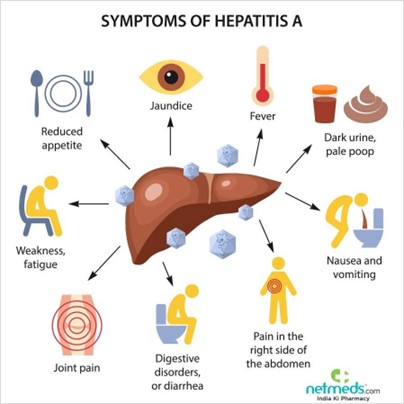A nurse is caring for a client who is receiving mechanical ventilation via an endotracheal tube. Which of the following actions should the nurse take?
Monitor the client's vital signs every 8 hours
Reposition the endotracheal tube every 12 hours.
Place the client in a supine position.
Perform oral care every 2 hours
The Correct Answer is D
Performing oral care every 2 hours is an important nursing intervention for a client receiving mechanical ventilation via an endotracheal tube. This helps to reduce the risk of ventilator-associated pneumonia.
a) Monitoring the client's vital signs is important, but it should be done more frequently than every 8 hours.
b) Repositioning the endotracheal tube is not necessary unless there is a specific indication.
c) Placing the client in a supine position is not recommended as it increases the risk of aspiration.

Nursing Test Bank
Naxlex Comprehensive Predictor Exams
Related Questions
Correct Answer is B
Explanation
A nurse collecting data from a client who has hepatitis A should expect to find that the client may have abdominal pain. Hepatitis A is a liver infection that can cause inflammation and discomfort in the abdomen.
The other options are not typical symptoms of hepatitis
a)Splenomegaly is an enlargement of the spleen and is not a typical symptom of hepatitis A.
c) An irregular heart rateis not a typical symptom of hepatitis A.
d) Tarry stools may indicate bleeding in the digestive tract and is not a typical symptom of hepatitis A.

Correct Answer is A
Explanation
The action by the AP that indicates an understanding of the procedure is elevating the client's legs before applying the stockings. Elevating the legs can help reduce swelling and make it easier to apply the stockings.
Option b is incorrect because instructing the client to dorsiflex their feet while applying the stockings may not be necessary.
Option c is incorrect because massaging the client's legs before applying the stockings may not be necessary or appropriate.
Option d is incorrect because folding the top of the stockings over after applying them may not be necessary or appropriate.
Whether you are a student looking to ace your exams or a practicing nurse seeking to enhance your expertise , our nursing education contents will empower you with the confidence and competence to make a difference in the lives of patients and become a respected leader in the healthcare field.
Visit Naxlex, invest in your future and unlock endless possibilities with our unparalleled nursing education contents today
Report Wrong Answer on the Current Question
Do you disagree with the answer? If yes, what is your expected answer? Explain.
Kindly be descriptive with the issue you are facing.
